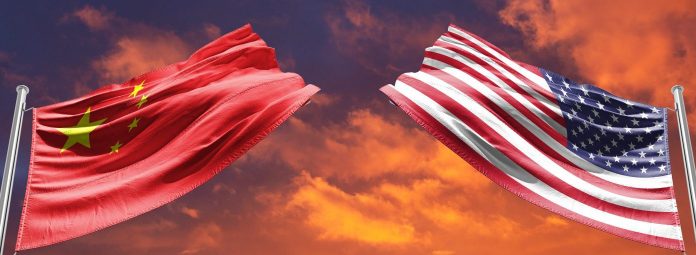The automotive industry faces numerous challenges, and the imposition of Chinese tariffs is one of the most significant. These tariffs disrupt supply chains, prompt shifts in manufacturing locations, necessitate cost management strategies and potentially alter the global automotive market in the long term. Understanding and adapting to these changes is crucial for manufacturers aiming to thrive in 2024 and beyond.
Presidential Candidates’ Positions on Chinese Tariffs
Kamala Harris, the presumptive Democratic nominee, advocates for a balanced approach to trade with China. While she supports holding China accountable for unfair trade practices, Harris emphasizes the importance of collaboration and negotiation over unilateral tariffs. Harris’s administration would likely push for comprehensive trade agreements that address not only tariffs but also intellectual property rights, market access, and labor standards.
Donald Trump
Former President Donald Trump, the Republican candidate, remains a staunch proponent of using tariffs as a primary tool to exert pressure on China. Trump views tariffs as essential to protecting American industries and reducing the trade deficit. During his previous administration, he imposed significant tariffs on Chinese goods, including automotive components, which resulted in substantial supply chain disruptions. Trump has pledged to continue this hardline stance, promising further tariffs to compel China to change its trade practices.
Impact of Tariffs on Supply Chains
Chinese tariffs have caused significant disruptions in supply chains, particularly affecting the availability of raw materials and components. Automotive manufacturers relying on Chinese imports face increased costs and delays, impacting production schedules and profit margins.
Shifts in Manufacturing Locations
In response to these challenges, many manufacturers are relocating their production facilities to regions not subject to tariffs. Southeast Asia and Mexico have emerged as popular alternative manufacturing hubs due to their favorable trade agreements and competitive labor costs. However, this transition also presents challenges, including establishing new supply chains, investing in local infrastructure, and navigating different regulatory environments.
Cost Management Strategies
By strategically sourcing and diversifying suppliers, manufacturers can minimize reliance on any single country and reduce tariff exposure. Additionally, adopting advanced technologies and automation can significantly lower production costs, offsetting the increased expenses due to tariffs.
By using financial instruments to lock in costs or exchange rates, companies can protect themselves from fluctuations in tariff-related expenses. Tariff mitigation techniques, such as using foreign trade zones and bonded warehouses, also provide avenues for reducing tariff liabilities.
Potential Long-Term Effects on the Global Automotive Market
Imposing harsher Chinese tariffs could lead to significant long-term changes in the global automotive market. Trade patterns and relationships will likely shift, with manufacturers seeking more stable and predictable trading partners. This realignment could result in a more fragmented market, with regional hubs gaining prominence over a single global supply chain network.
Innovation and development in the automotive sector might also be affected. The increased costs and supply chain complexities could slow the pace of innovation as companies allocate more resources to navigating tariffs rather than investing in new technologies. However, the push for increased self-sufficiency and localized production could spur innovation in domestic manufacturing capabilities and supply chain logistics.
Conclusion
Navigating Chinese tariffs presents significant challenges for global automotive manufacturers, but strategic adaptation can turn these challenges into opportunities. By understanding the impact on supply chains, considering shifts in manufacturing locations, implementing cost management strategies, and anticipating long-term market changes, manufacturers can position themselves for success.



